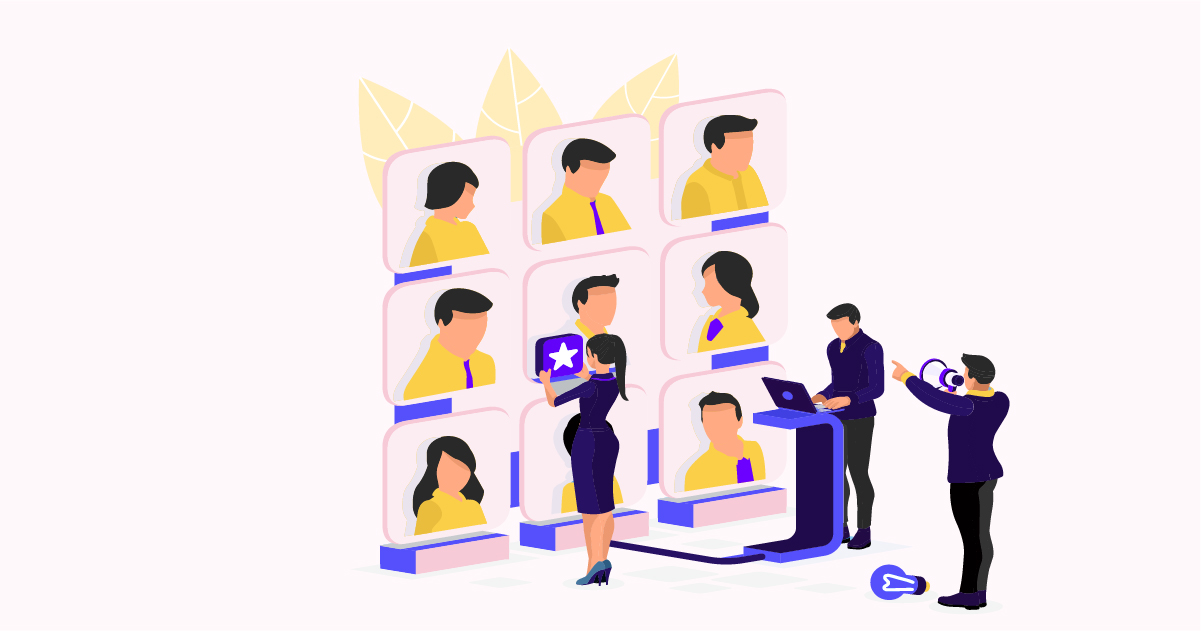An organization’s onboarding process significantly impacts its ability to adapt to change. In today’s disruptive business environment, agility is pivotal to success, and how you onboard employees make a difference. A recent report by Glassdoor shared that a structured onboarding process can improve productivity by as much as 70% (1). However, a one size fits all approach to onboarding new employees is no longer enough.
Modern workplaces have drastically changed over the last year. Many organizations have a fully remote or a hybrid workforce. Employee needs are different than they were before the pandemic. The most successful onboarding programs are now strategically aligned with the business’s unique needs and goals.
Infopro Learning has more than 25 years of experience developing business-aligned learning solutions using an outcomes-based approach. We use a strategic process to align all learning objectives with measurable outcomes that help industry leaders achieve their business goals.
We recently assisted an organization in the finance industry. They needed to speed up the onboarding process to reduce the time required for new team members to reach full competency. We used our outcomes-based approach to design a winning learning solution that helped them achieve this goal.
Solution Overview
This enterprise leader in the financial sector was in the middle of a significant transition. Leadership had changed along with the company’s vision for the customer service centers. They needed to upgrade their employee onboarding process to support this shift.
Infopro Learning developed a learning solution designed to help this organization speed up the time to new hires’ competency while reducing training costs and improving training consistency. The program was also designed for easy maintenance as frequent updates are often needed when policies and procedures change.
We used a three-step process to develop a modern and highly effective onboarding program to meet this business’s needs.
Stage 1: Assessing Business Needs
We started our outcomes-based approach by assessing both the current learner and business needs. This step ensures that each piece of training content supports both the learner and the organization’s goals. The process began by organizing a series of surveys and questionnaires designed to help gain valuable insights into the onboarding program’s current state. These insights were used to determine what steps and materials would be the most effective in the new onboarding process.
Stage 2: Developing a Blended Learning Journey
The best onboarding experiences are not a short series of events that occur after an employee’s start date. The most effective onboarding programs are designed as learning journeys that begin before a new employee’s first day. They start as soon as a new hire accepts their offer letter and extend throughout their employment. In this stage, we identified a blend of training methods to boost employee engagement throughout the program.
Integrating social, formal, and interactive elements can significantly improve the quality and engagement in a program. We incorporated a blend of instructor-led courses, scenario-based modules, assessments, simulations, and interactive activities to build context around each subject.
Stage 3: Integrating 4 Connection Points
We believe that four connections need to be made for a successful onboarding process to take place. New hires must connect with the company, culture, craft and develop skills to enhance performance. In this stage, we focused on matching the right activities and topics to create an impactful experience. Each learning activity was placed along a timeline to maximize its effectiveness.
The event began with a warm welcome and an employee orientation to help new hires feel connected. Soft skills training was integrated into the program to help employees learn about the company’s culture.
The next step in the onboarding process focused on familiarizing new hires with the organization’s products and services and the software they would use to complete day-to-day tasks. A coaching component completed the onboarding process. This portion of the program was designed to improve employee performance and provide additional support to new hires.
Program Results
The new onboarding program significantly exceeded the client’s expectations. The program reduced the time needed for onboarding by 70%. New hire’s time-to-competency sped up by 300%. Training costs were reduced by nearly 60%.
Post-training surveys also showed that the program was well-received by both participants and managers. The surveys showed that new employees feel more confident after program completion and have a strong understanding of their roles and responsibilities.
Learn more about the winning solution designed by Infopro Learning and read the case study Onboarding Program to Reduce Time to Competency.




